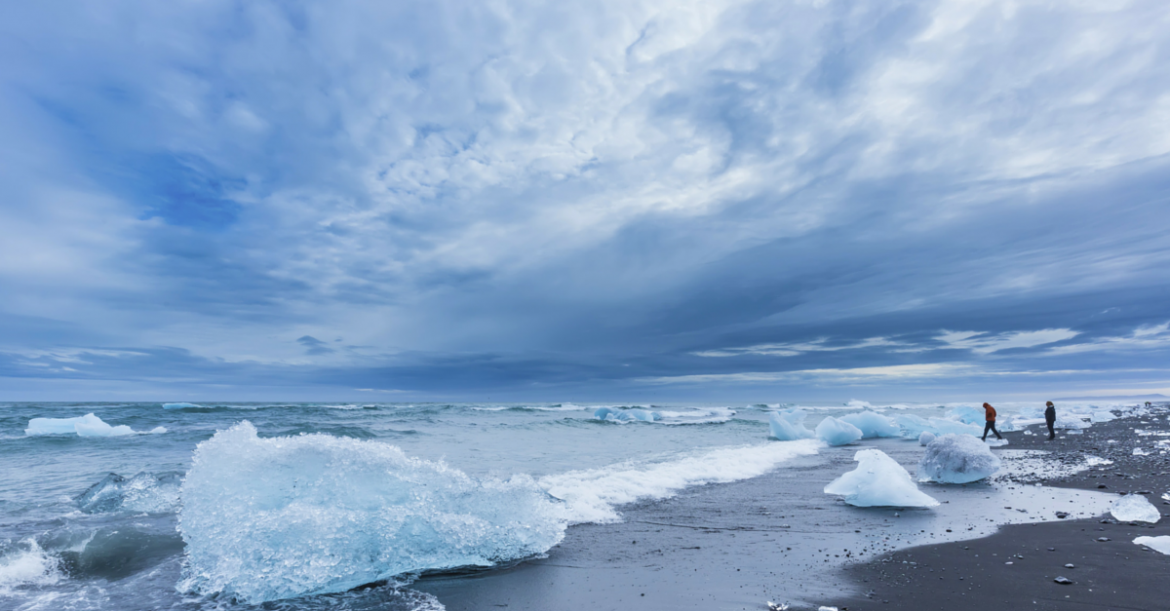Chasing Ice is a feature-length documentary chronicling the remarkably quick disappearance of the Arctic glaciers coming out in theaters this month. What’s really remarkable about the film – besides the environmental phenomena, of course – is the cinematography. Director James Balog set up dozens of cameras and set them up to film over the course of four years. The result is HD awesome. More from the site:
“In the spring of 2005, National Geographic photographer James Balog headed to the Arctic on a tricky assignment: to capture images to help tell the story of the Earth’s changing climate. Even with a scientific upbringing, Balog had been a skeptic about climate change and a cynic about the nature of academic research. But that first trip north opened his eyes to the biggest story in human history and sparked a challenge within him that would put his career and his very well-being at risk.
Chasing Ice is the story of one man’s mission to change the tide of history by gathering undeniable evidence of our changing planet. Within months of that first trip to Iceland, the photographer conceived the boldest expedition of his life: The Extreme Ice Survey. With a band of young adventurers in tow, Balog began deploying revolutionary time-lapse cameras across the brutal Arctic to capture a multi-year record of the world’s changing glaciers.”
Sounds pretty interesting, right? Here’s a list of theaters that are currently showing Chasing Ice. For the photographers and techies out there, Fast Company published a typically great interview with Balog worth reading.
To get involved, share the trailer on your social media and start trending #ConnectTheDots. Chasing Ice has a great resource page, which has some great tips on how to reduce your en energy input, such as:
- Turn off your computer, TV, stereo when not in use.
- Put a surge protector in-line between your AC outlets and your gadgets; turning off the entire surge protector eliminates standby power demand.
- Air-dry clothing.
- At home in winter: wear an extra sweater and warmer slippers and turn down the thermostat.
- At home in summer: don’t air condition your rooms so cold; use a fan, swamp cooler, or fresh air for cooling if possible.
- Install low flow shower heads (1.6 gallon/minute or less ) and faucets. Wash clothes when possible with cold water.
 Food
Food Farmers
Farmers Sustainable Living
Sustainable Living Living Planet
Living Planet News
News